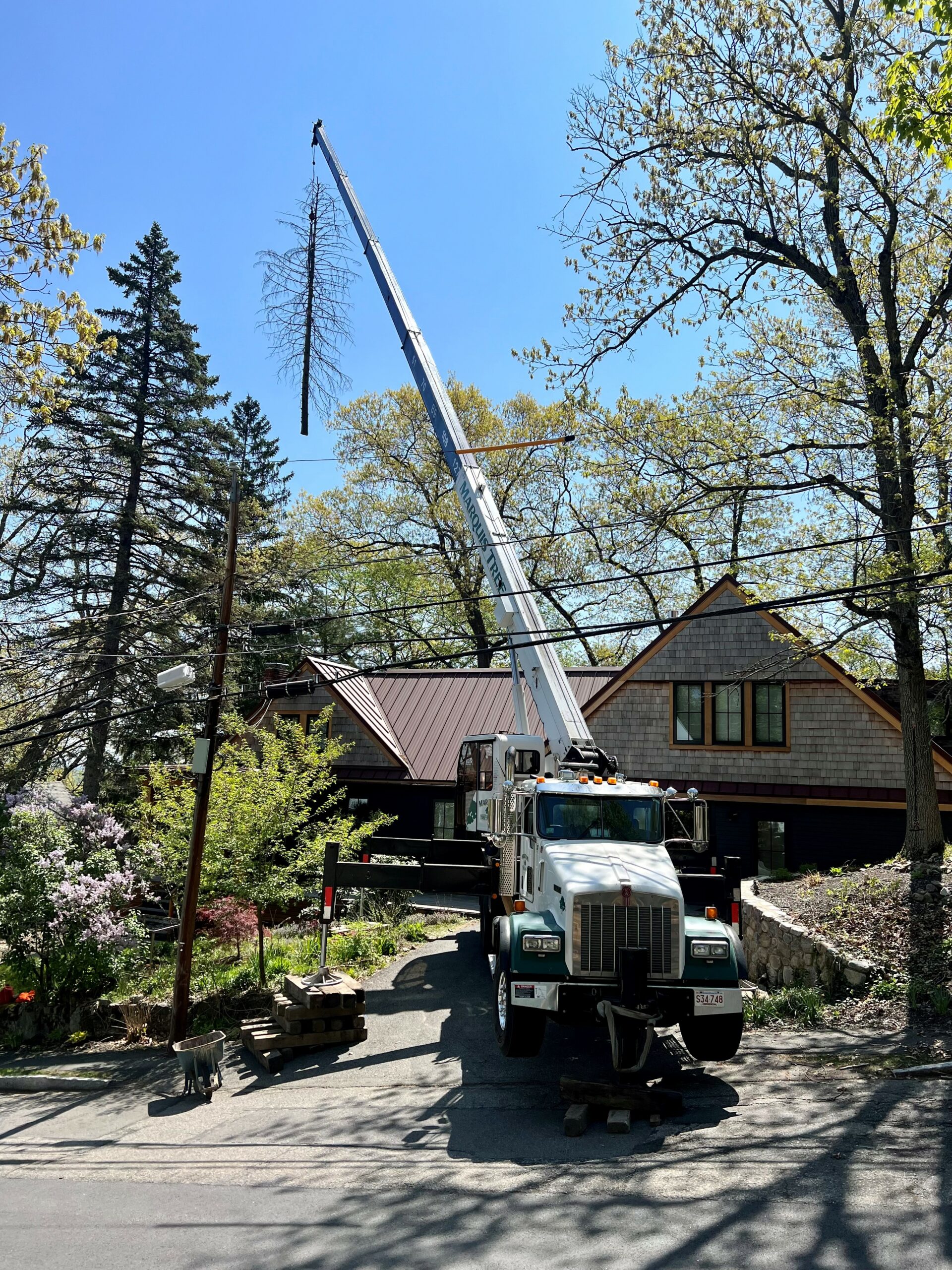As city environments keep to develop, the role of arborists is becoming critical. These skilled experts are not only the guardians of our trees but also important participants to the well-being of our ecosystems. As technology advances in methodologies and a rising consciousness of ecological challenges, developments in arboriculture are transforming how we handle tree care. By utilizing scientific approaches in tree trimming to employing cutting-edge tools, certified arborists are at the vanguard of maintaining the delicate balance between urban growth and nature.
In this write-up, we will investigate different trends and innovations influencing the evolution of tree care. We will delve into the essential reasons for hiring a certified arborist, the latest insights on tree health, and the vital role these experts play in urban environments. Whether Tree Service Nassau are a landowner looking to improve your landscape or merely interested about the art and science behind tree maintenance, grasping the many-faced contributions of arborists will enlighten you on the value of trees and the professionals who look after them.
Significance of Licensed Arborists
Engaging a licensed arborist is crucial for ensuring the condition and safety of shrubs on your land. Certified arborists have completed extensive training and knowledge acquisition, which arms them with the expertise needed to evaluate arboreal conditions precisely. This knowledge allows them to implement proper maintenance practices, ultimately extending the longevity and health of shrubs. In addition, their credentials signifies that they conform to professional standards, offering peace of mind to homeowners regarding the maintenance of their trees.
When it comes to tree wellness, understanding the principles behind various tree maintenance practices is critical. Licensed arborists are skilled in tree cutting techniques that foster healthy growth and prevent disease. They recognize the right times to trim and the most effective methods to employ. This knowledge not only boosts the aesthetic attractiveness of plants but also mitigates the likelihood of injury from broken branches. By guaranteeing that pruning is done correctly, certified arborists help preserve safe spaces for adjacent buildings and communities.
Additionally, the function of certified arborists extends outside of basic care to include complex services such as tree risk assessments and disease testing. They are educated to identify and manage tree diseases, pests, and other health concerns that can compromise the landscape. Their ability to provide these comprehensive services is crucial in metropolitan settings, where trees face unique challenges due to environmental factors. By relying on licensed arborists, homeowners can make educated decisions that contribute to the perpetual viability and safety of their green spaces.
Arboriculture and Maintenance Practices
Ensuring tree well-being is essential for guaranteeing their lifespan and protection. Arborists apply a diverse array of practices, including adequate watering, ground cover, and monitoring for symptoms of stress or disease. Regular inspections can help recognize initial symptoms of issues such as pest infestations, fungal infections, or nutrient deficiencies. By monitoring the trees’ conditions and providing timely care, arborists can substantially enhance their well-being and robustness.
Pruning is one of the key maintenance practices that arborists conduct. This not only helps to shape a tree and improve its visual charm but also promotes vigorous growth by cutting away dead or unhealthy branches. An arborist understands the art behind tree pruning, knowing that the appropriate technique applied at the correct time can encourage growth and protect against potential risks. Regular pruning is essential, and professionals recommend assessing each tree’s needs to determine the optimal timing and approach.
In further to pruning, arborists take part in fertilization and soil care to provide trees with essential nutrients, and they often recommend treatments for dealing with harmful insects. The use of organic products and environmentally friendly methods is consistent with sustainable practices, which numerous arborists promote. By practicing these holistic health and maintenance practices, arborists play a critical role in supporting the ecological balance and vitality of urban forests.
Arborists and Urban Tree Management

Cities face distinct challenges when it comes to tree care, primarily due to restricted space, pollution, and human activities. Tree care professionals play a key role in managing urban trees, ensuring that they not only survive but prosper amidst these challenges. Through their knowledge, they can advise city planners and developers on the optimal methods for maintaining the health of trees while meeting urban design needs. This includes selecting appropriate tree species that can thrive to city conditions and providing guidance on their placement to maximize growth and longevity.
One of the key responsibilities of arborists in urban settings is conducting tree hazard evaluations. These assessments help identify trees that may threaten safety to public safety due to instability, disease, or poor health. By employing targeted methods such as cabling, bracing, or even removal when necessary, arborists can mitigate risks effectively. This proactive approach not only safeguards the public and structures but also fosters a healthy urban canopy that improves the landscape and improves air quality.
Additionally, arborists are integral in promoting community awareness about the significance of city greenery. They educate residents on effective tree care practices, the importance of biodiversity, and how trees contribute to the city environment. This outreach helps nurture a culture of stewardship among city residents, encouraging them to engage in tree planting initiatives, proper maintenance, and advocacy for preserving green spaces. Ultimately, successful urban tree management led by experienced arborists is essential for creating better, more sustainable cities.
